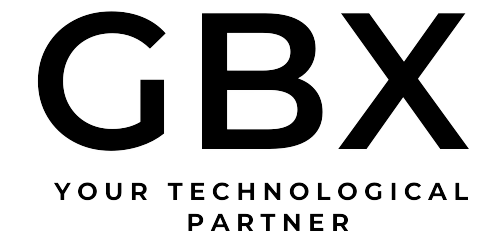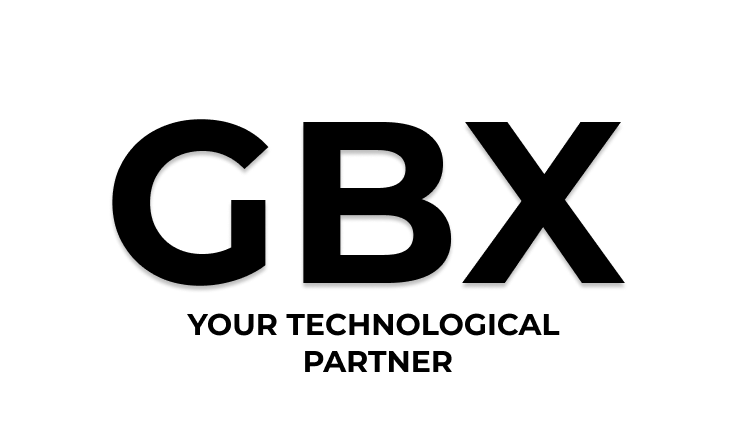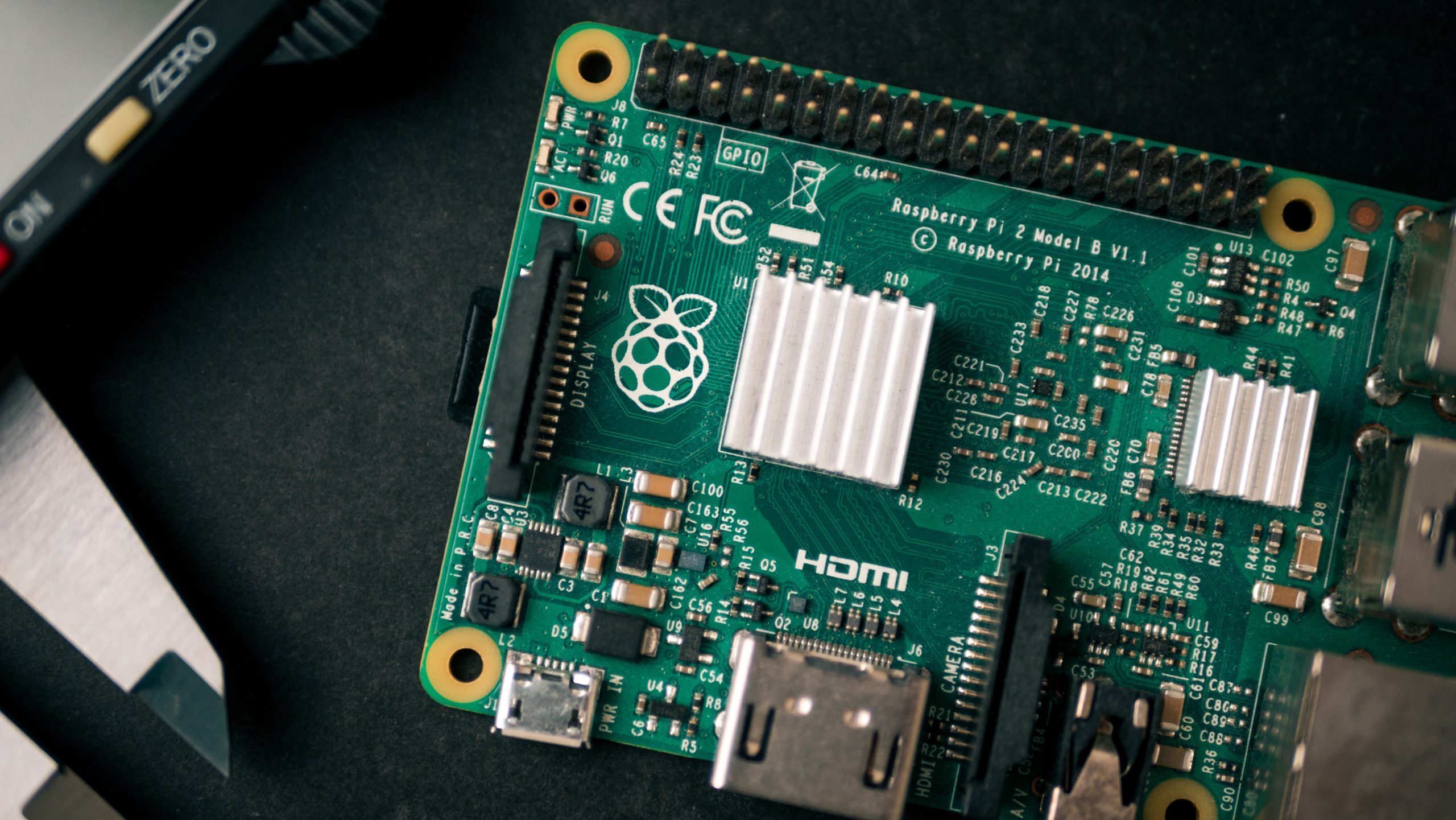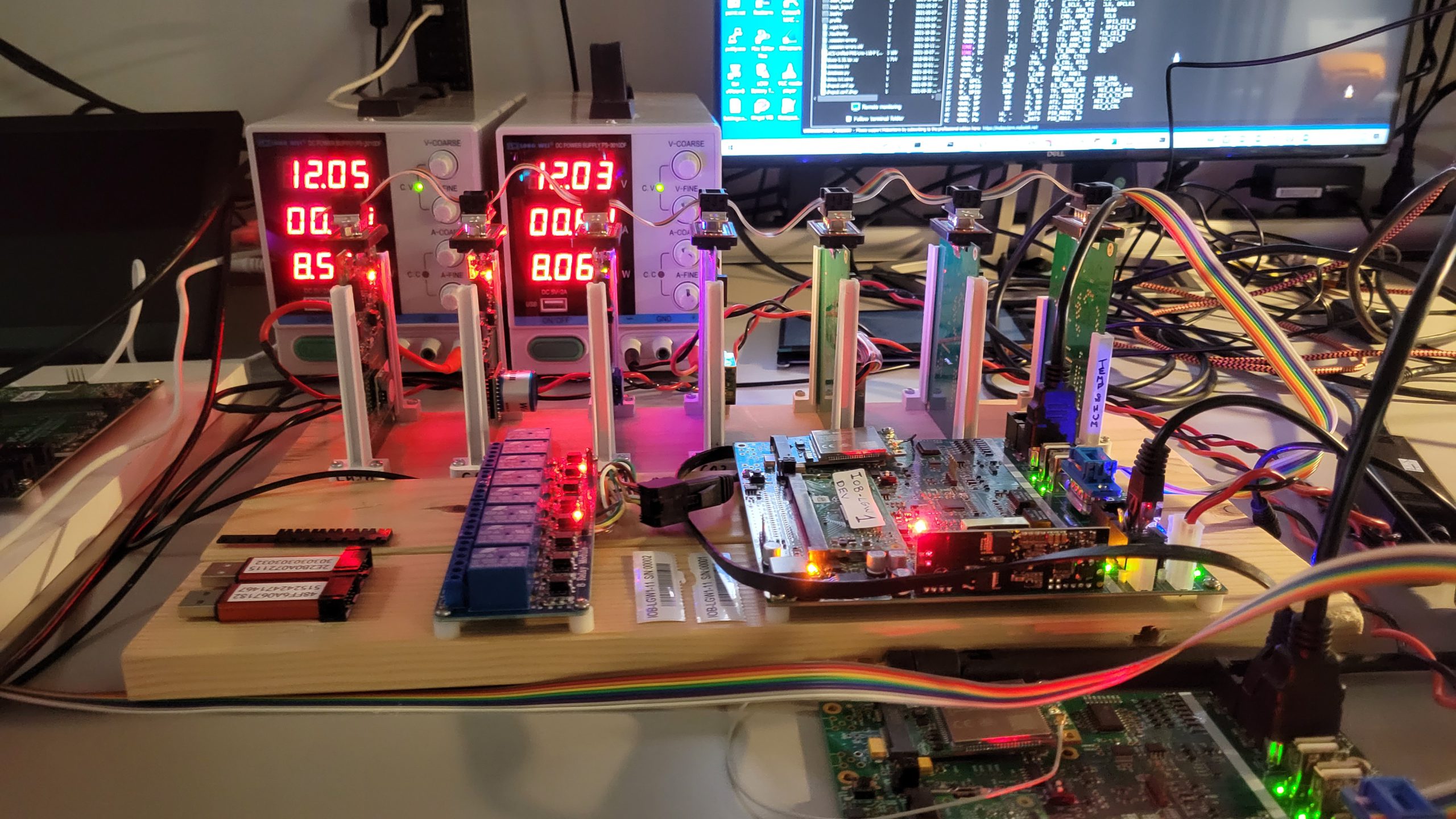
The Local-First Software Movement: Liberating Technology from Big Tech
In a world dominated by Big Tech, a group of peer-to-peer enthusiasts has set out on a mission to break free from the clutches of the cloud. The rise of “local-first software” has sparked a new paradigm, where collaboration and data ownership take center stage.
The movement gained traction after a group of open-source developers, including Martin Kleppmann, a computer scientist at the University of Cambridge, published a white paper in 2019. These tech-savvy rebels had worked for successful startups that were later swallowed by corporate giants, leaving them disillusioned with the industry’s direction. They noticed that software was increasingly being crafted for the cloud, sacrificing user experiences and creativity in the process.

The allure of the cloud was undeniable, enabling easy access and collaboration from multiple devices. However, the local-first movement offered a fresh perspective. Instead of depending on remote data centers, local-first software keeps the user’s personal computer as the priority. Collaboration is maintained, but each user has a copy stored locally on their device. When connected, changes are synced, ensuring seamless teamwork without centralized control.
Building local-first products required rethinking data structures and mathematical approaches, resulting in better software with fewer limitations. Startups and indie developers could now bypass restrictive venture capital funding and create more innovative apps. Additionally, hardware advancements could be leveraged to optimize performance, unlocking the full potential of devices.
The current cloud-based model often leads to compromised user experiences, rising costs, and diminishing convenience. Platform capitalism follows a path of enshittification, exploiting technology for short-term gains until dissatisfaction sets in. The local-first movement aims to disrupt this cycle by reshaping software internals and promoting a more empowering technological landscape.
Kleppmann, a prominent figure in the movement, explores conflict-free replicated data types (CRDTs) in his influential book. These data structures enable seamless collaboration and conflict resolution. CRDTs, co-developed by Marc Shapiro, a visionary computer theorist, align with the ideals of the peer-to-peer movement, offering a decentralized alternative to the cloud’s monopolistic tendencies.

Embracing the local-first software movement promises to unleash the true potential of technology, empowering users with control over their data and fostering innovation. It offers a glimpse of a future where technology serves its users rather than the other way around. As this revolution gains momentum, the dream of
a cloudless, user-centric digital realm moves closer to reality. In this world of peer-to-peer empowerment, the future looks promising as developers, like Kleppmann, envision a technological landscape liberated from the control of Big Tech. The local-first software movement sets the stage for a digital revolution that puts users at the heart of technology, creating a future where software serves as a tool for freedom, collaboration, and creativity.
GBX Technology, Your Technological Partner.






